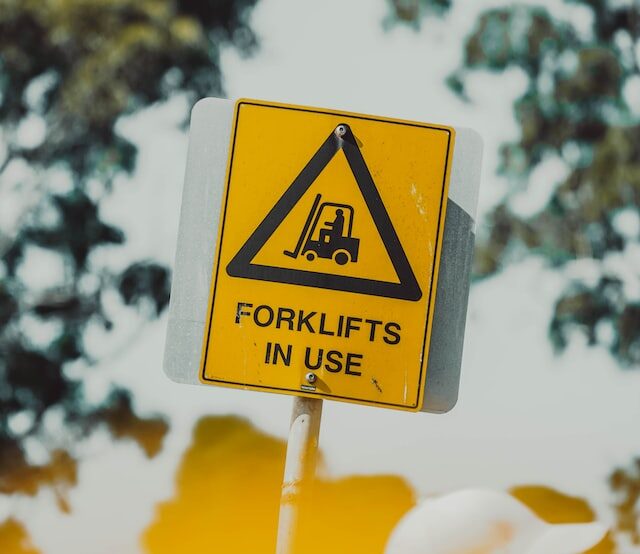
1910.178 – If you’re a forklift operator or considering becoming one, obtaining forklift training not only is an option, but is a requirement. Under section 1910.178 of OSHA’s Occupational Safety and Health Standards, forklift operators are required to receive operator training and earn a valid certificate. Those who choose not to, can face hefty and expensive consequences per OSHA’s increasing penalties.
According to subsection (l), Operator Training, prior to an employee being permitted to operate a forklift (unless it’s for training) employers must ensure that their forklift operators have successfully completed forklift training and an evaluation – indicating they are competent to operate a forklift safely.
If an individual is training to operate a forklift, they may do so only under the direct supervision of one who has the knowledge, training, and experience to train forklift operators and evaluate their competence – such as our trainers at American Forklift Training Centers, INC.
In respect to training, OSHA requires a combination of formal and practical training, as well as an evaluation on the forklift operator. Formal training includes lectures, discussions, interactive computer learning, watching videos, and/or reading written material. Practical training, on the other hand, includes demonstrations performed by the trainer and hands-on exercises performed by the training forklift operator.
Topics taught include:
- Operating instructions, warnings, and precautions;
- Where the forklift controls and instrumentation are located, what they do, and how they work;
- Engine or motor operations;
- Steering and maneuvering;
- Visibility (including restrictions due to loading);
- Fork and attachment adaptation, operation, and use limitations;
- Forklift capacity;
- Forklift stability;
- Required inspection and maintenance duties;
- How to refuel and/or recharge batteries;
- Operating limitations;
- How to operate a forklift on various surface conditions;
- Compositions of loads to be carried and load stability;
- Load manipulation, stacking, and unstacking;
- Pedestrian traffic in areas where the vehicle will be operated;
- Operating a forklift down narrow aisles and other restricted places;
- Operating a forklift in hazardous (classified) locations;
- Ramps and other sloped surfaces that could affect the vehicle’s stability;
- Closed environments and other areas where insufficient ventilation or poor vehicle maintenance could cause a buildup of carbon monoxide or diesel exhaust;
- And other unique or potentially hazardous environmental workplace conditions that could affect safe operation.
Upon completion of forklift training, the trainee must undergo a formal evaluation by a knowledgable, trained, and experienced forklift trainer (as our trainers at American Forklift Training Centers, INC.), certifying that the operator has been trained and evaluated.
To learn more about 1910.178, forklift training, and certification – Contact Us Today!
